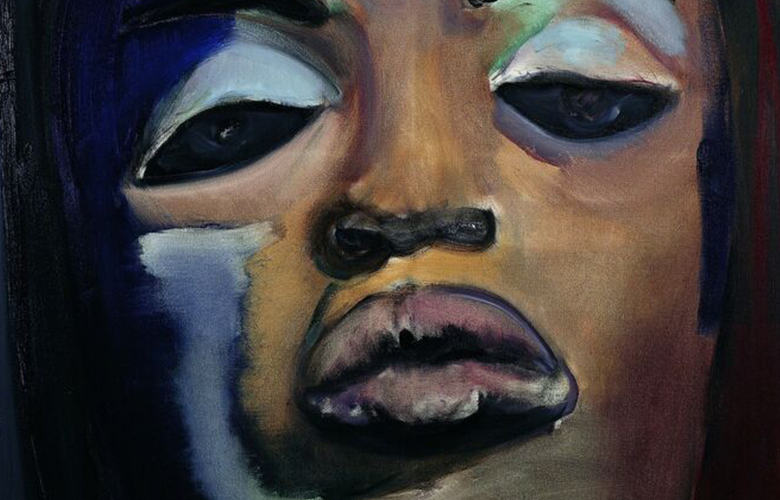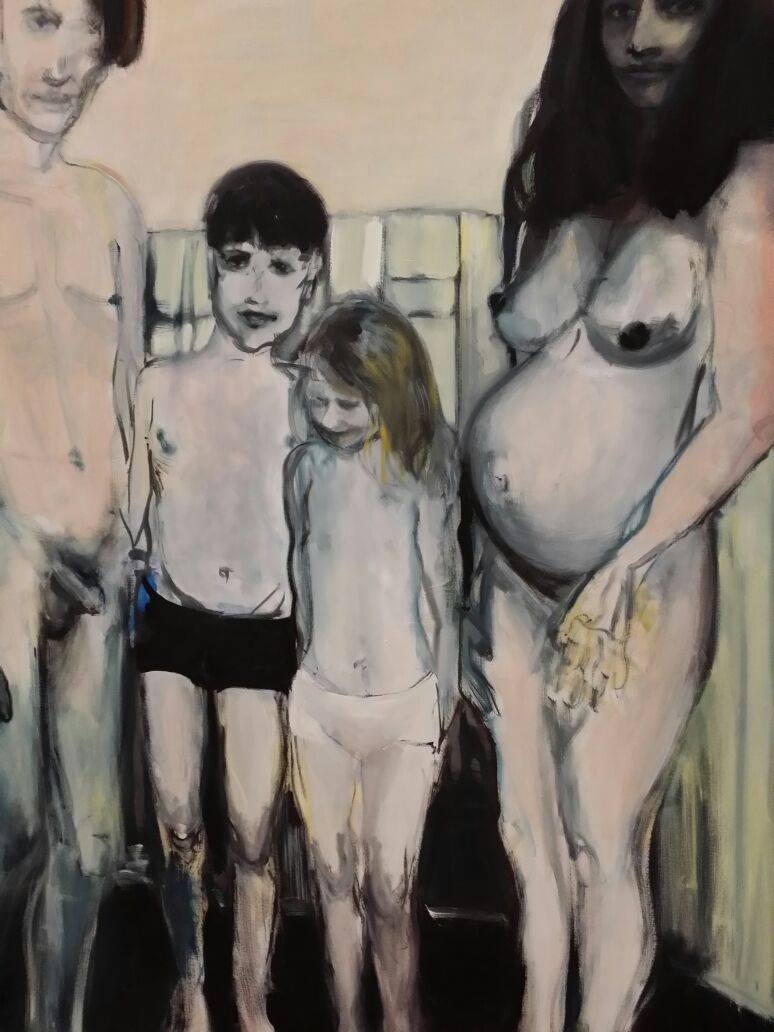
Marlene Dumas is a contemporary South African painter. Born on the third of August in 1953 in Cape Town, she has been the subject of many solo exhibitions, including the 1995 Venice Biennale and a 2015 retrospective at the The Stedelijk Museum in Amsterdam. Dumas consistently explores themes of sexuality, political oppression, identity, and feminism in her work.
When I was in Amsterdam for a travel in 2015 I visited the Stedelijk Museum and I knew the work of this artist. It was an extraordinary experience because I stayed two hours and a half there, admiring the oeuvre. With almost two hundred drawings and paintings The Image as Burden (the name of this exhibition) was the first solo exhibition of Marlene Dumas in the Netherlands. A unique survey of the remarkable oeuvre of Marlene Dumas.
The exhibition closely examined the key themes and motifs that Dumas has developed throughout her artistic career. Themes such as love, and death and also the use of texts and images found in the mass media were evident in these works.

The artist says “I don’t paint people, I paint images”. The role of images in her artistic work is extremely important. She transforms an image in an impressive painting. In “Dead girl” (2002) she brings a picture of a Palestinian girl that was killed. It is the only image in which Marlene Dumas paints blood. In “Stern” (2004) the image of a death child is inspired by a real fact happened in South Africa. The painting “The Image as Burden” 1993, that gives the name at the exhibition, is a contemporary vision of the famous sculpture “Pity” of Michelangelo. This images describe the interest of the artist for the social facts of our contemporary world and for some artists in past years.
Marlene Dumas, for this retrospective, works on a sketches book in which the drawings are giving by her imagination. Some drawings are connected with stereotypes of our contemporary society or with artists like Man Ray. The role of stereotype is deconstructed and become a sign of her artistic world.
I believe that the oeuvre of this magnificent artist must be known in all the artistic and cultural sector. Her images and drawings give us a vision of the society and of the main political and ideological problems in our society.
So, You Are the New Face in the Audition Room


Guest Posts are written by featured authors who are not frequent contributors to TheatreArtLife. Details of the contributor can be found within each article unless the author wishes to remain anonymous. If you would like to submit a guest article to TheatreArtLife, please visit TheatreArtLife.com/Contribute or select CONTRIBUTE in the menu.
Read Full Profile© 2021 TheatreArtLife. All rights reserved.

Thank you so much for reading, but you have now reached your free article limit for this month.
Our contributors are currently writing more articles for you to enjoy.
To keep reading, all you have to do is become a subscriber and then you can read unlimited articles anytime.
Your investment will help us continue to ignite connections across the globe in live entertainment and build this community for industry professionals.